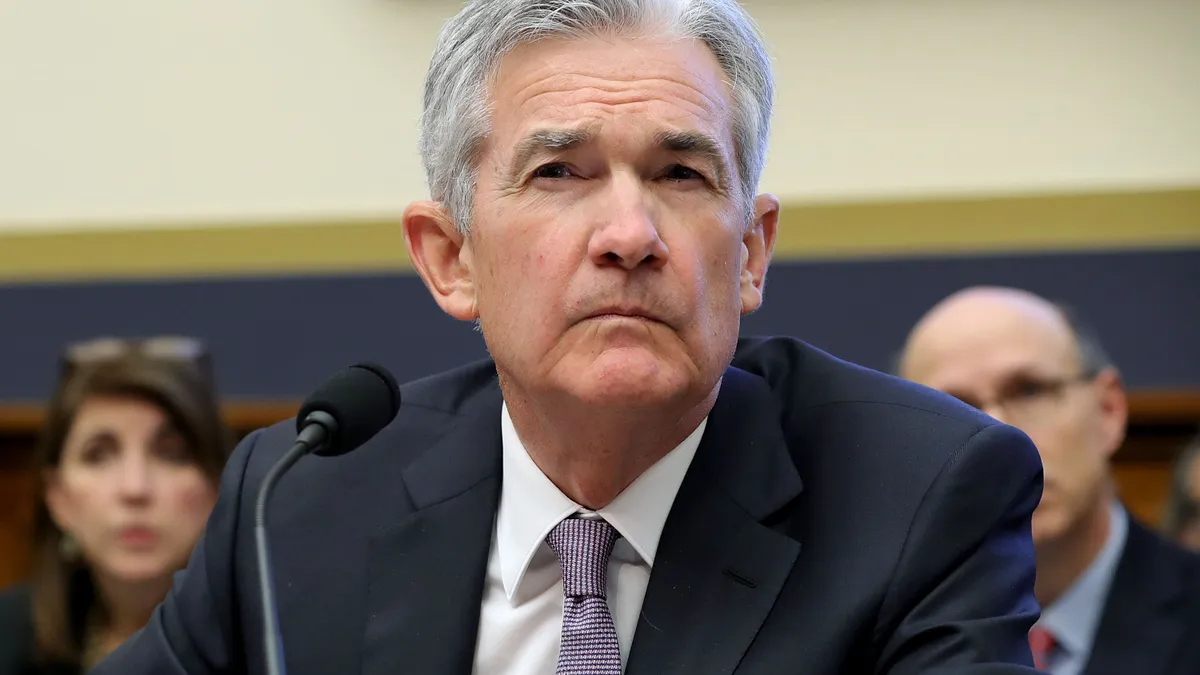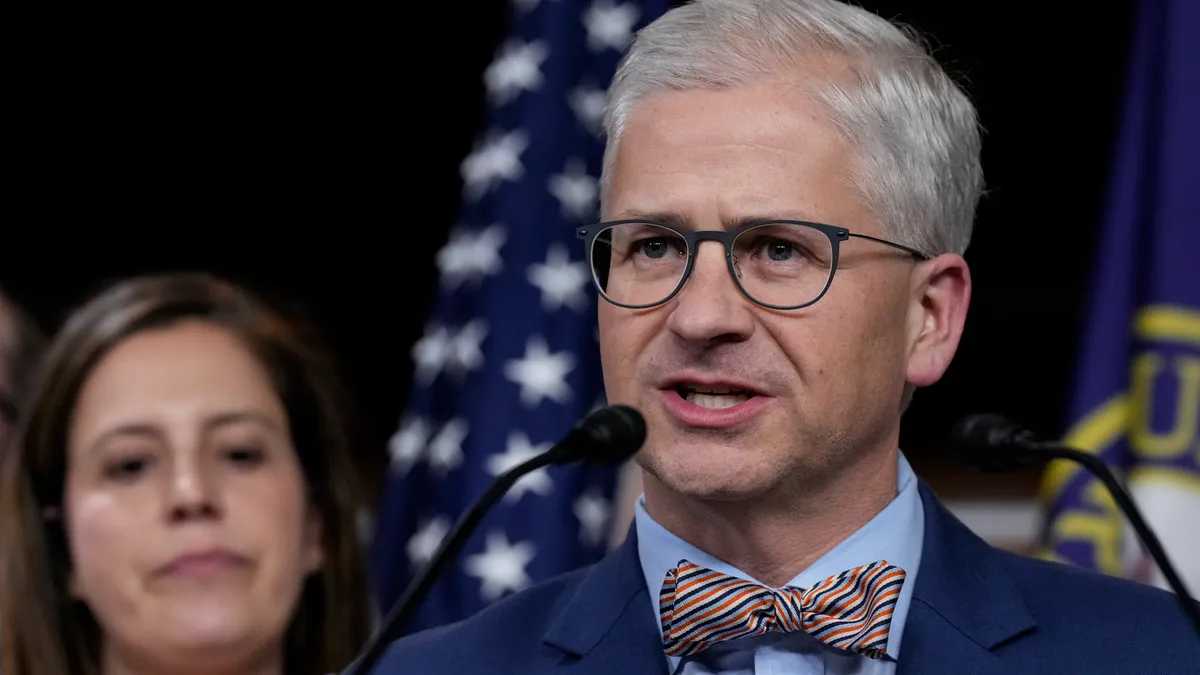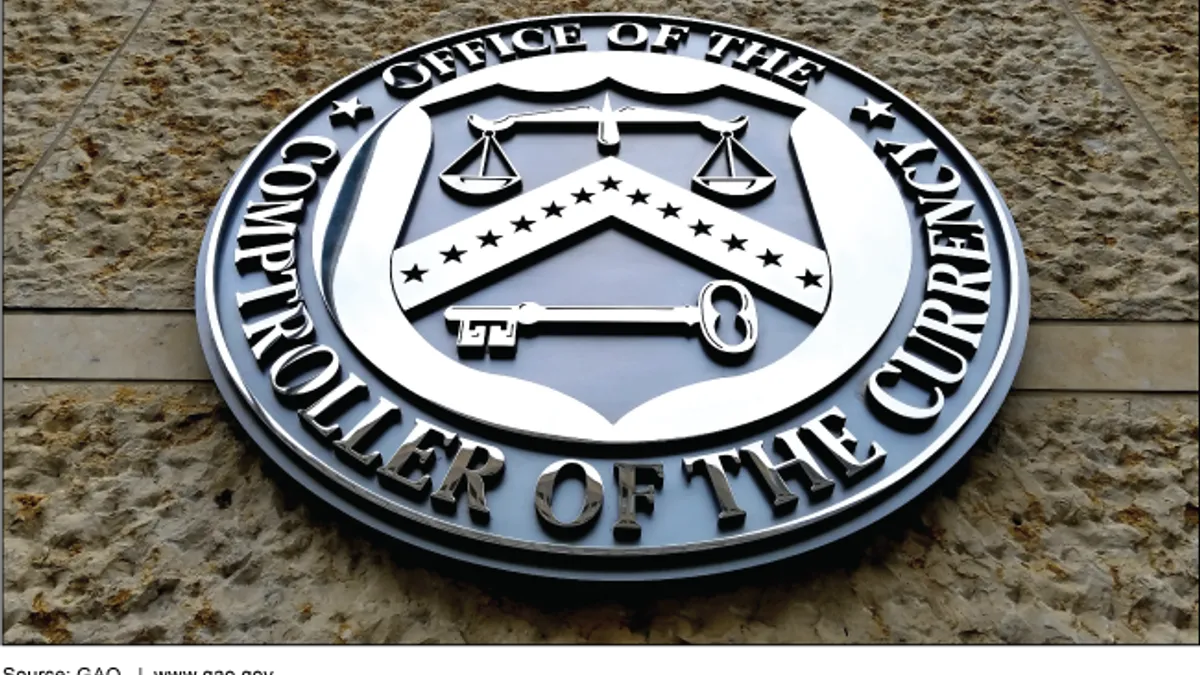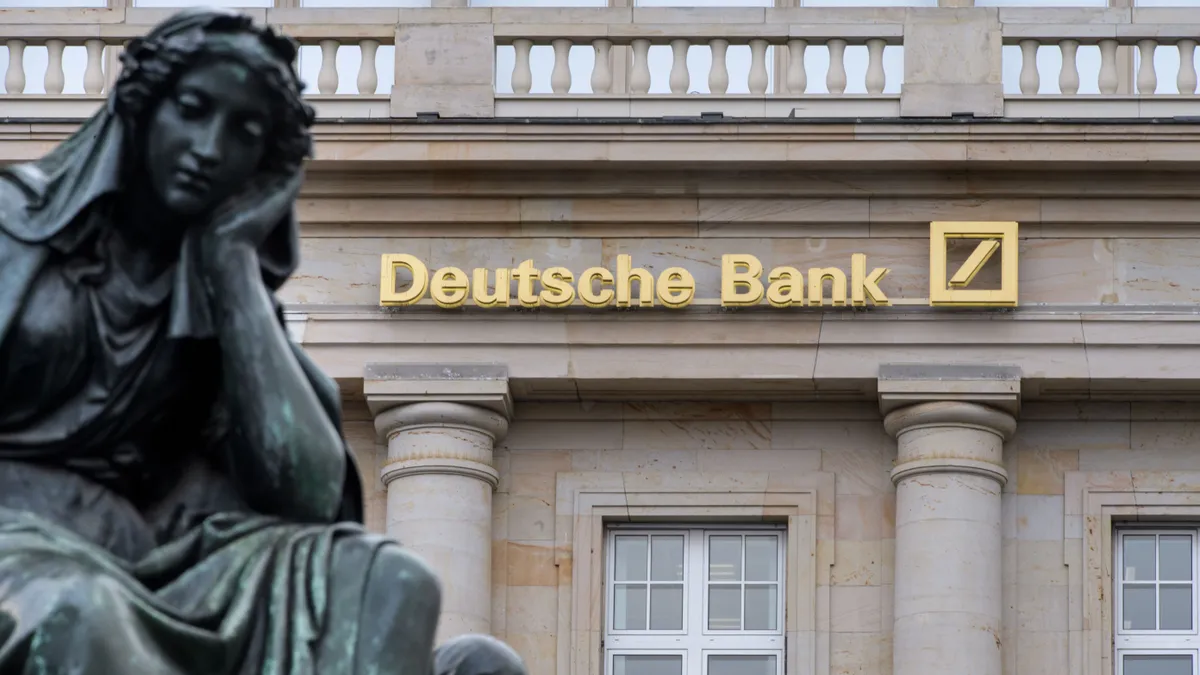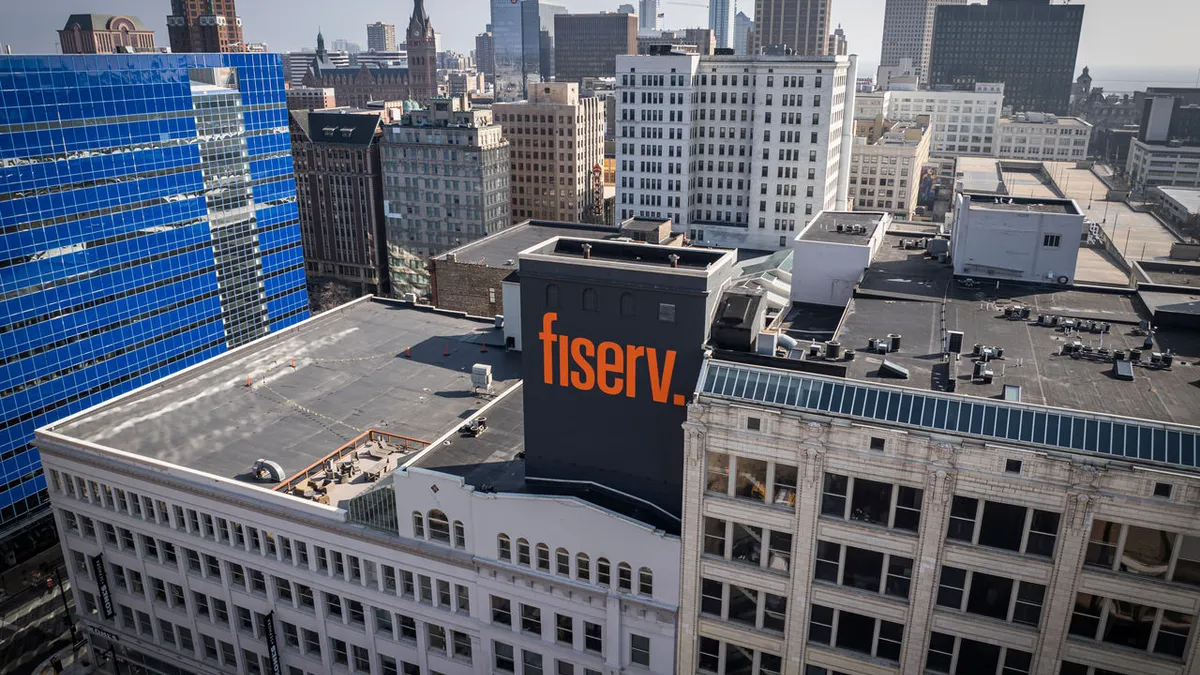The Federal Reserve is taking its sweet time delivering a report to kick off public discussions of whether the U.S. will issue a central bank digital currency.
First, Fed Chair Jerome Powell said the white paper would arrive this summer. Later, he told members of Congress it would land in September. Now, it’s coming “soon,” he said at a press conference last week.
Maybe the delay is to be expected with Powell’s colleagues on the Federal Reserve Board having expressed almost polar opposite views on the topic since he first made mention of the report in May. He may have his hands full wrangling even a basic statement on the idea from the board, not to mention keeping Congress and the Biden administration happy with this first U.S. response to a worldwide CBDC trend.
With some countries speeding ahead on creating CBDCs and digitizing payments, the Fed is under some pressure to have more of a strategy, too. Geopolitical rival China has already issued a central bank digital currency and a number of other countries have said publicly they are contemplating one.
The Fed has been pushing along digitization of payments for years, including promising a real-time payments system by 2023, but other countries have been getting more aggressive lately. Saudi Arabia’s government aims for 70% of its population’s transactions to be cashless by 2030. Japan’s government has rolled out a rebate program encouraging its population to abandon cash. Creating a CBDC could be the next step in the digital revolution-evolution of payments.
Working against the U.S. coming up with a neat response anytime soon to the CBDC question is America’s melting pot of payment preferences. Unlike the Nordic countries that have made some of the biggest strides in leaving paper currency behind, the diverse American experience is less likely to carve out a single digital payment path anytime in the near future. And a democracy doesn’t just dictate such moves, it builds a consensus.
The wide array of American choices on payments struck me recently after writing two pieces that seemed at odds on a practical level.
In August, Payments Dive reported on companies peppering the country with thousands of crypto ATMs that sell (and sometimes buy) Bitcoin in response to Americans’ rising appetite for cryptocurrencies.
A few weeks later, we covered big-city governments increasingly rolling out cash kiosks for low-income residents to pay city fines and utility bills in dollars, with one-quarter of Chicago’s population opting for cash payments.
It’s seemed a strange juxtaposition that broad swaths of America are gravitating toward crypto while other major contingents are persistently paying in cash.
Survey data bears out the contrast. Americans are keeping more cash in their wallets and pocketbooks and saving more than before the COVID-19 pandemic despite a decline in cash payments, according to another Federal Reserve report this month. For much of America’s working poor without bank accounts or credit histories, cash is a cold, hard currency they rely on as a steady store of value because other means escape them.
Meanwhile, for crypto advocates, digital alternatives often represent hope for a more inclusive financial order, though their demographic traits differ. Gemini estimated in April that 14% of the U.S. population owns cryptocurrency, with the average crypto investor being a 30-something man with annual income of around $111,000.
Americans’ socioeconomic statuses appear to be contributing to the spectrum of payment choices, with cash and crypto fans not mutually exclusive in that both groups express some distrust of the existing financial system.
Still, neither digital payments nor a CBDC are likely to dethrone cash’s claim as king in the U.S. anytime soon. “Old payment methods don’t really go away,” Ted Rossman, a senior industry analyst with Creditcards.com, said last week in an interview.
Whatever the Fed’s paper says, the wait has been telling. The delay likely reflects, at least to some degree, the fact that U.S. payment needs and interests are as diverse as the U.S. population itself.
And no matter what Fed Chair Powell and his peers decide about a central bank digital currency, America is unlikely to move to a monotone currency choice anytime soon.



